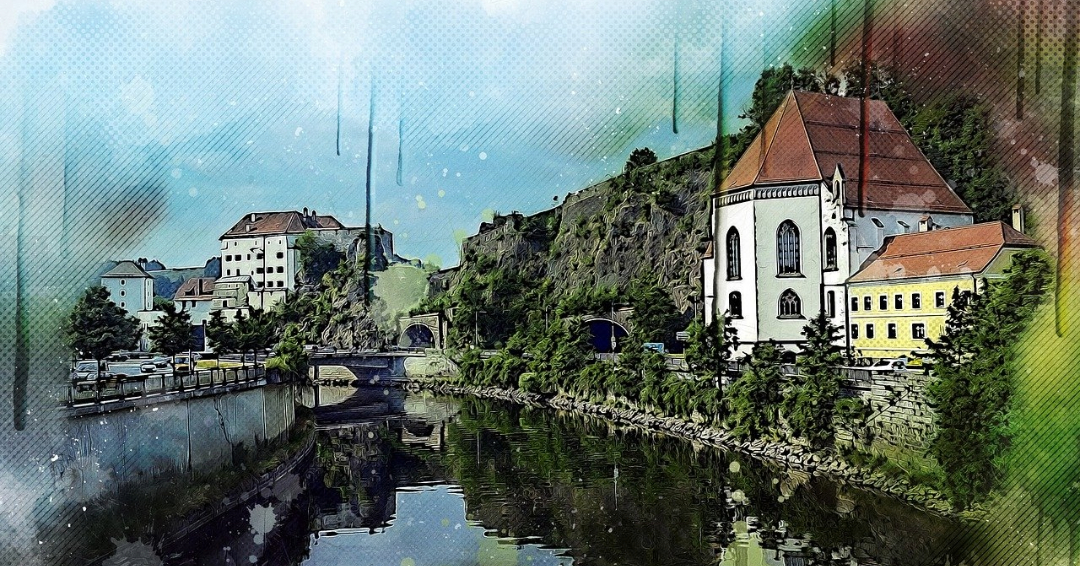New York experiences the highest urban heat island (UHI) index in the US, with its urban areas being 9.5 degrees hotter on average compared to the surrounding regions. In the 1940s, New Yorkers used floating pools in the Hudson and East Rivers to stay cool, but these were closed due to sanitation issues. With rising heat concerns, could river swimming be revisited as a way to beat the heat?
The +Pool initiative aims to build a floating pool in the East River for New Yorkers to cool off. Unlike historical versions, this pool would feature advanced filtration, pumping one million gallons of clean East River water daily. Proposed in 2010, the project gains importance due to more frequent heat waves driven by climate change.
Due to worsening heat waves from climate change, many cities are already allowing swimming in rivers and lakes. European cities like Copenhagen, Berlin, Zurich, Munich, and Vienna have embraced river swimming. Paris is investing $1.5 billion to clean the Seine and make it suitable for swimmers before the 2024 Olympics. Cities including Boston, Chicago, Washington, DC, and Portland, Ore., have either permitted river swimming or are planning to develop swimming facilities.
In the past 50 years since the Clean Water Act, significant cleanup efforts have improved urban waters across the U.S. Other cities promoting urban river swimming have also undergone substantial cleanups. Copenhagen upgraded its sewer and wastewater systems, adding public baths and mobile dipping zones to the harbor after the early 2000s. Boston is working to separate combined sewers (sewage and stormwater) in order to reduce untreated overflows into its harbor. And Paris intends to utilize machine learning to predict contamination in the Seine and send mobile alerts to swimmers.
Source: Clean Technica

